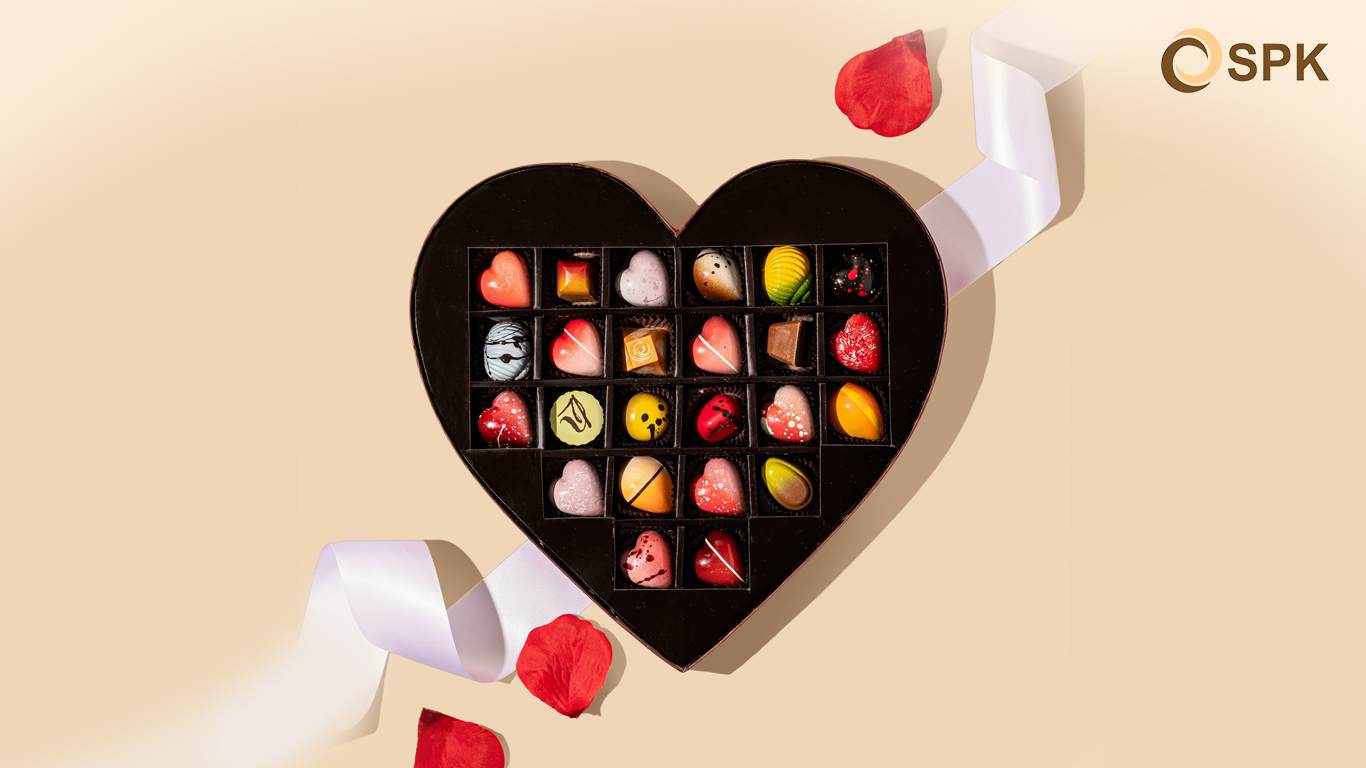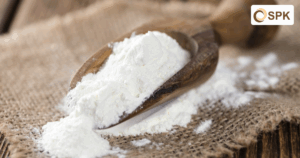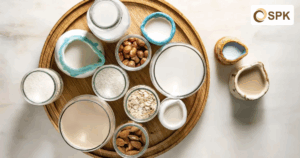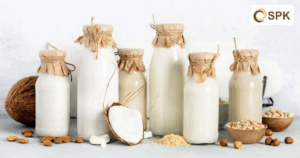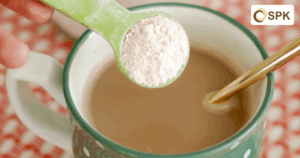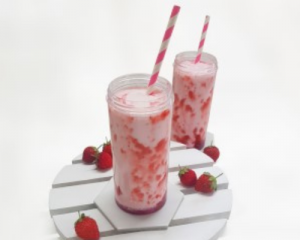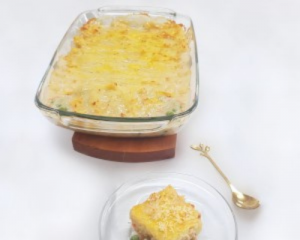Maybe we are already familiar with Valentine’s Day. The day we know as Valentine’s Day falls on February 14. First introduced in England, Valentine’s Day celebrations then spread and are widely celebrated in various parts of the world.
Celebrating Valentine’s Day generally involves giving gifts from your lover to your partner. The gift can be anything, but common gifts are flowers and chocolate. If flowers have been commonly used as a symbol of love since time immemorial, what about chocolate? How can this tropical fruit from South America become a symbol of affection?
History of Chocolate as a Consumption
We will first move back approximately 25 centuries. The Maya in Mexico began drinking chocolate made from crushed cocoa beans mixed with water, corn and chili in 500 BC. The drink mixture is poured back and forth from the cup into the kettle until thick foam forms. The drink is then enjoyed cold.
In 1529, Hernando Cortez, an explorer from Spain, returned to his country bringing cocoa beans and equipment for making chocolate drinks. This cold and bitter drink later became popular among Spanish kings and nobles. In this country, chocolate drinks then began to be served warm and sweetened. The Spanish were so protective of this new drink that chocolate drinks only began to spread to the European continent several hundred years later.
Chocolate then arrived in London, England, in the 1700s. Chocolate has also become a trend and is popular in London to the point that many chocolate houses have appeared (a type of coffee shop but for chocolate) even though the price of chocolate itself is very expensive. In the late 1700s, British people started adding milk to chocolate because it tasted better.
From drinks, chocolate then evolved into other forms. In the mid-18th century, the Dutch, who controlled the cocoa trade, found a way to turn chocolate into powder form. Chocolate powder mixes easily with water or milk which is the way to form other creations such as chocolate candy.
Valentine’s Chocolate
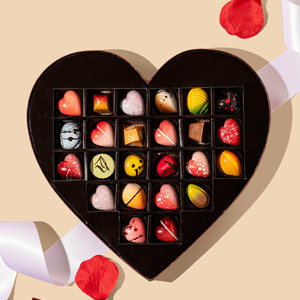
In the 1840s, Valentine’s Day as a day of love was commonly celebrated in English-speaking countries. British society in the Victorian era, which upheld etiquette, expressed their romance towards their respective (unmarried) partners by giving greeting cards and gifts.
In the same era, Richard Cadbury, owner of England’s leading chocolate company, perfected a way to make chocolate drinks. The process of making chocolate drinks leaves a lot of cocoa butter remaining. This chocolate butter was then reprocessed into a variant which at that time was called ‘chocolate eating’. Realizing the marketing potential of the new chocolate, Cadbury then began selling the new chocolate in boxes decorated by itself. In 1861, Cadbury began selling chocolates in heart-shaped boxes decorated with flowers and cupids on Valentine’s Day.
Nowadays, gifts in the form of chocolate are common during Valentine’s Day celebrations. In the United States alone, more than 26 million kg of chocolate are sold to celebrate this day. At Valentine’s celebrations in Japan, women usually give chocolate to the man they like. They also celebrate White Day which takes place on March 14, which is the day when men will give white chocolate (or other white gifts) to women who have given them chocolate on Valentine’s Day.
Chocolate is not only delicious when consumed, but also has several benefits. Chocolate can improve heart health, balance our immune system, help manage diabetes, and improve brain function. It should be noted that these benefits are found in chocolate which has a small sugar content, such as dark chocolate. To enjoy a premium chocolate taste, you can also get it in chocolate-flavored Elite Crème. Brew Elite Crème chocolate in hot water and you can immediately enjoy the deliciousness. Get Elite Crème at the official Santos Premium Krimer online shop.
https://www.tokopedia.com/santospremiumkrimer
Reference:
- https://www.thespruceeats.com/the-history-of-hot-chocolate-764463
- http://www.candyhistory.net/candy-origin/candy-bars-history/
- https://royalexaminer.com/how-did-chocolate-become-associated-with-valentines-day/
- https://www.history.com/news/valentines-day-chocolate-box-history-cadbury
- https://en.wikipedia.org/wiki/White_Day
- https://www.hopkinsmedicine.org/health/wellness-and-prevention/the-benefits-of-having-a-healthy-relationship-with-chocolate

